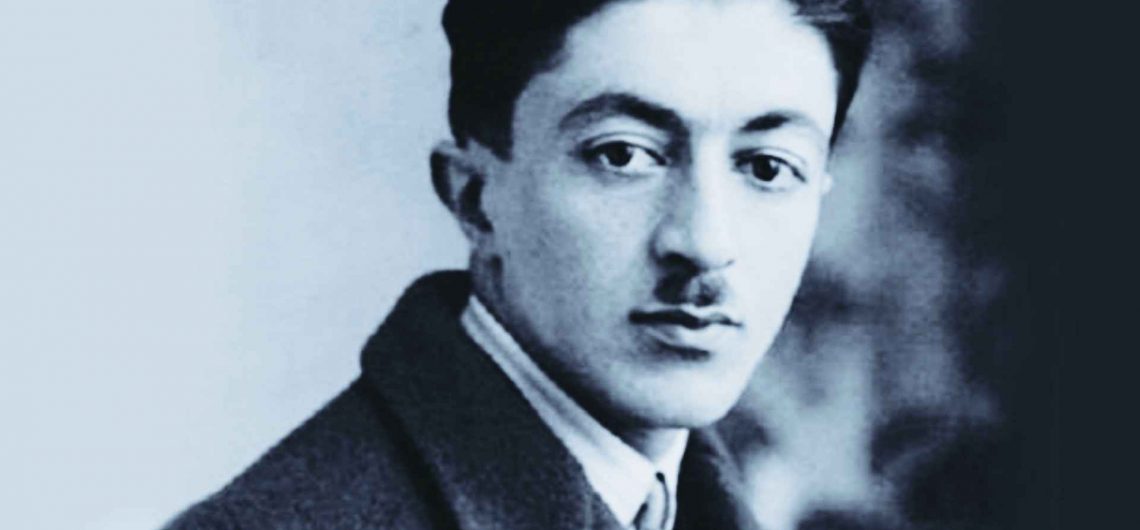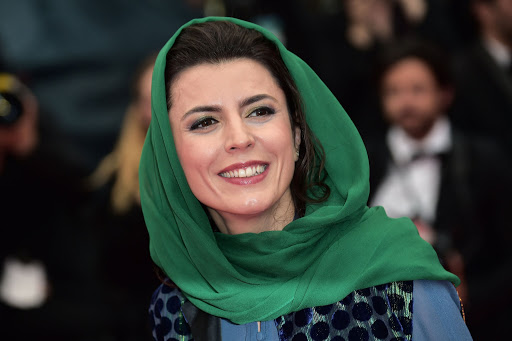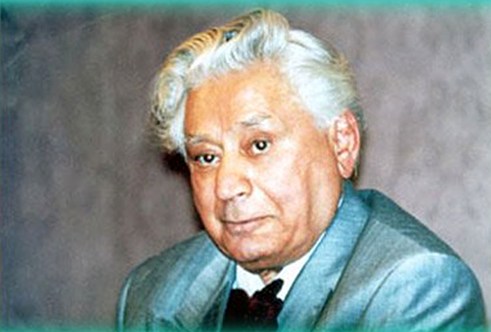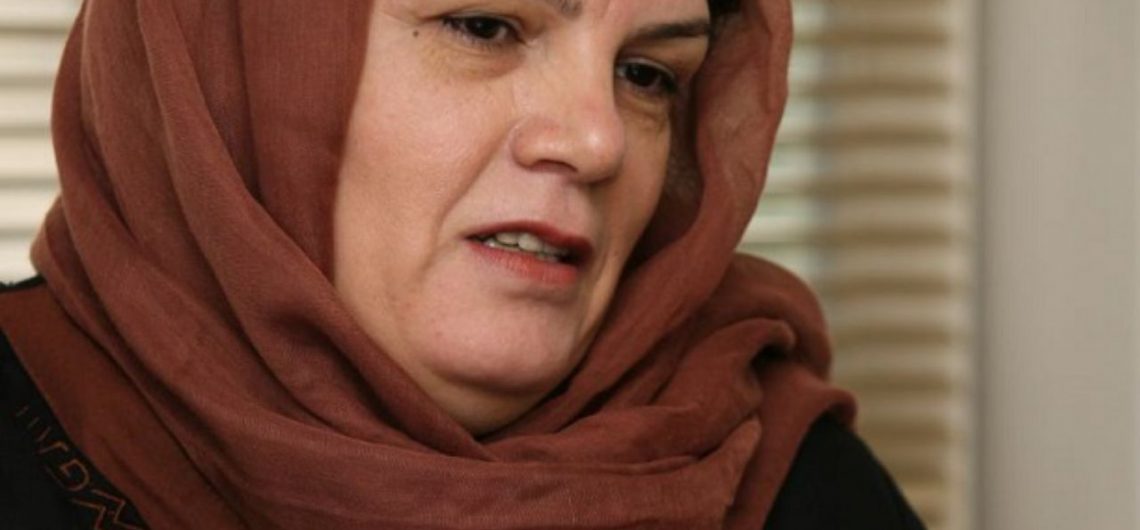Sadeq Hedayat Sadeq Hedayat, Iranian writer, novelist and translator, was born in Tehran into an aristocratic family and is one of the fathers of modern Persian literature. Sadeq attended Dar-ol Funun's school, and around 1916 he was diagnosed with an eye infection, interrupting his education for almost a year. In 1925 he completed his secondary education at a prestigious French school in Tehran, where he also taught Persian to a French priest and became familiar with the French language, world literature (mainly French), and metaphysics. Shortly after Reza Shah Pahlaví came to power in 1926, Sadeq, along with other Iranian students, was sent to Europe to study. This was the beginning of his direct exposure to different cities, towns, and cultures. He stayed for a time in Belgium and then moved to France, where he tried to commit suicide in a river in 1928, but was saved. He abandoned his architecture studies and devoted himself to writing. In 1930, Hedayat returned to Tehran and began working at Bank Mellí, which was then the central bank of Iran. During his stay in India, he studied the Pahlavi language and translated Ardeshir Babakan's biography from Pahlavi into Persian. In 1932, he traveled to Isfahan and published his Isfahan travel journal, Nesf-e-Jahan (Isfahan, half the world), as well as the important collection of short stories Se Qatreh Khun (Three drops of blood). "The Blind Owl" is recognized as Sadeq Hedayat's masterpiece. The novel was originally published in thirty copies, handwritten by the author himself, which later became the masterpiece of 20th-century Persian literature. It was not published in Iran until 1941, creating a scandal in Persian society. The Blind Owl is a work in which symbolist suggestions and Kafkaesque echoes are mixed with French existentialism, Indian culture and the magic of the great
Sadeq Hedayat
Sadeq Hedayat, Iranian writer, novelist and translator, was born in Tehran into an aristocratic family and is one of the fathers of modern Persian literature. Sadeq attended Dar-ol Funun’s school, and around 1916 he was diagnosed with an eye infection, interrupting his education for almost a year. In 1925 he completed his secondary education at a prestigious French school in Tehran, where he also taught Persian to a French priest and became familiar with the French language, world literature (mainly French), and metaphysics. Shortly after Reza Shah Pahlaví came to power in 1926, Sadeq, along with other Iranian students, was sent to Europe to study. This was the beginning of his direct exposure to different cities, towns, and cultures. He stayed for a time in Belgium and then moved to France, where he tried to commit suicide in a river in 1928, but was saved. He abandoned his architecture studies and devoted himself to writing. In 1930, Hedayat returned to Tehran and began working at Bank Mellí, which was then the central bank of Iran. During his stay in India, he studied the Pahlavi language and translated Ardeshir Babakan’s biography from Pahlavi into Persian. In 1932, he traveled to Isfahan and published his Isfahan travel journal, Nesf-e-Jahan (Isfahan, half the world), as well as the important collection of short stories Se Qatreh Khun (Three drops of blood).











